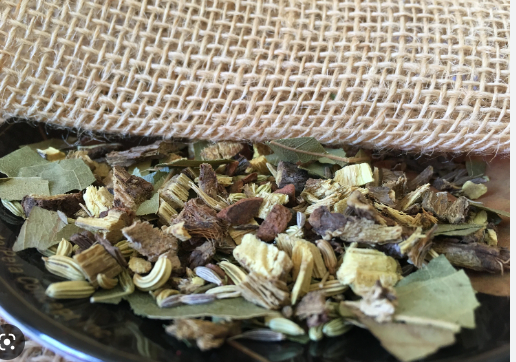I will get super information dumpy and paint with obviously wide brushes here, so hang on for me, as tea-creation is an alternate cooperation with few constants. As of now for a more point by point take on creating and dealing with tea, research this significant dive into Chinese Legendary snake Well. Nevertheless, here’s a greater layout of what happens and why it significantly impacts the tea we drink.
Tea grows all over, from faint, unpleasant mountain edges to brilliant marshes. Particularly like wine and coffee, a buy ma huang tea online‘s creating conditions and soil beauty care products have a massive bearing on how it’ll taste. How granular does that terroir get? The very same tea plant created on various sides of a slant could make different subtleties, say if one side gets more storm or less shade than the other.
Research a tea growth and you’ll see a wide area of waxy, faint green leaves and a petite layer of lighter green ones laying on top. Those dull green leaves are culinarily trivial; simply the new young shoots are truly perfect for tea.
The young shoots are regularly picked physically and returned to a property’s central assembling plant. (Recall that on little houses, that “plant” is sensible just a shed.)
Hand-stewing Legendary monster Well.
As of now the second a tea leaf is separated off the greenery, it starts to oxidize. This enzymatic cycle influences the tea’s flavor so a ton or more than where or how it’s grown, so farmers and handling plants screen it fanatically, then, at that point, leave the oxidation stunned by warming the gives to stop the synthetic substances.
Green and white teas, planned to impeccably reflect their leaves and where they’re created, are hardly oxidized, and that suggests they’re warmed not long after they get to the creation line by steaming or skillet ending. (The Winged snake Well in the photo above is seared in a wok by hand until dry.)
Tea passed on determined to wither.
Oolong and dull teas, of course, are somewhat and totally oxidized independently. The leaves are habitually fanned out to “recoil,” where they oxidize and begin to dry out, then, at that point, they might be wound or torn to help essentially more oxidation, then, ended at a specific feature stop the cycle. Especially like oxidation, the methodology for ending and its length has a significant bearing on a tea’s last flavor. Starting there, the tea may be upgraded, developed, or matured preceding packaging.
A remarkable tea maker will focus on each period of this cycle, from explicit tea cultivars, to the land and the environment, to timing harvest days, to the very way that the tea is dried and ended, and how it’s managed post-drying. Anyway the ephedra sinica tea for sale trade has totally benefitted from pattern setting development, its middle is ace data. Right when you find a tea farmer who unbelievably minds, you grasp them for dear life.

